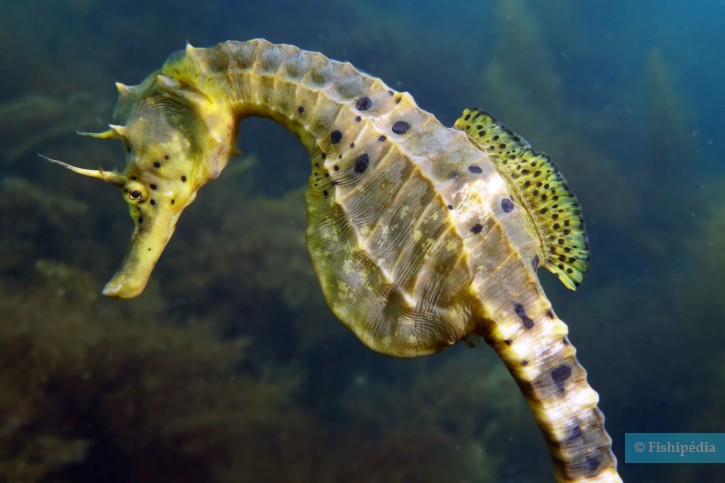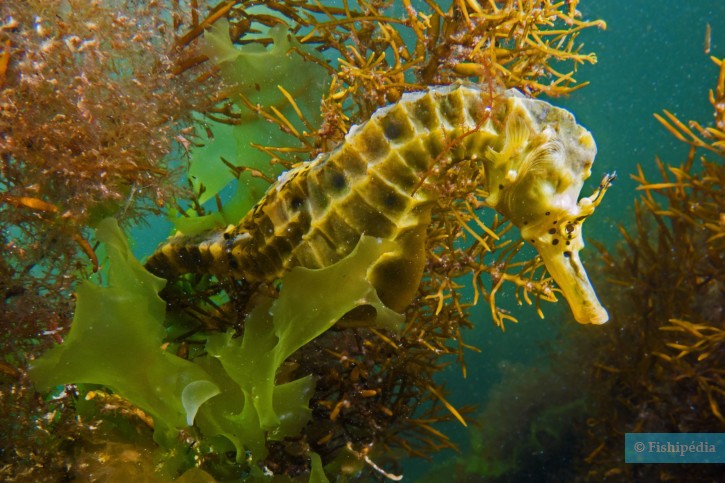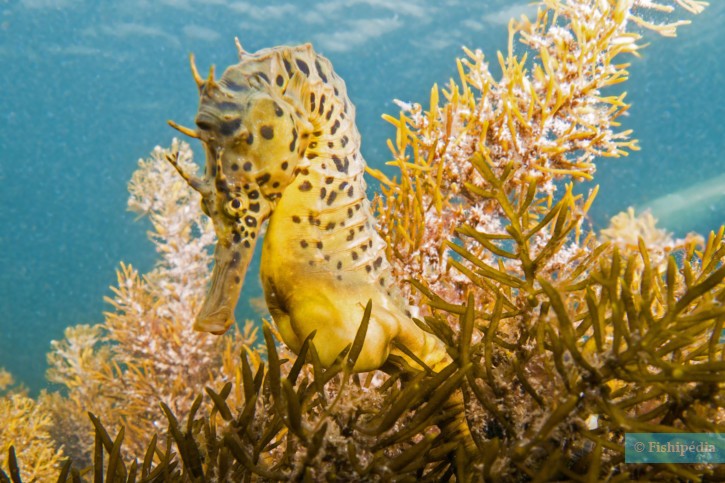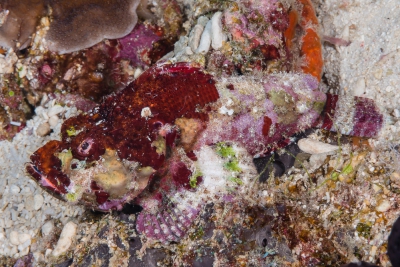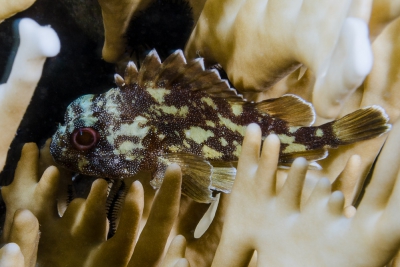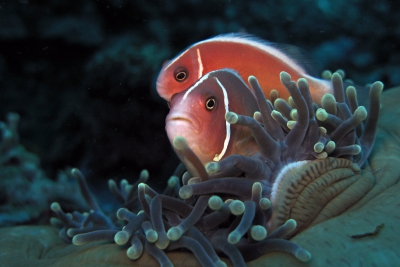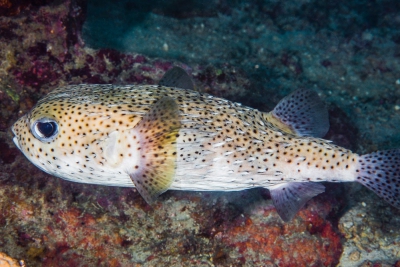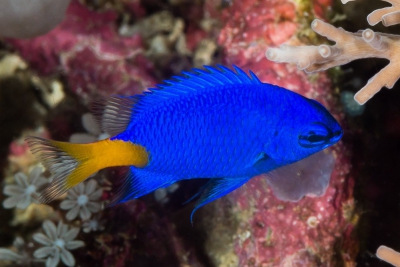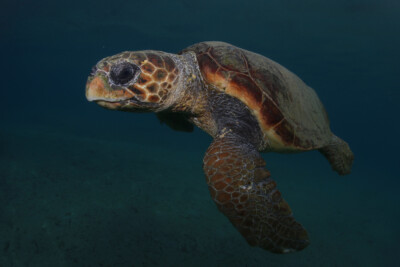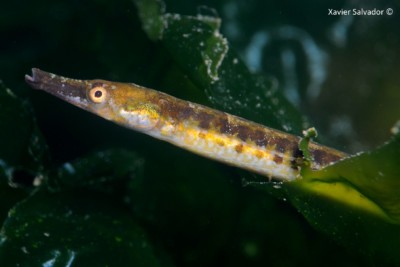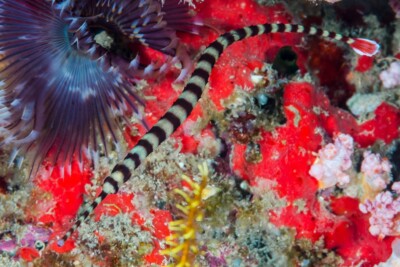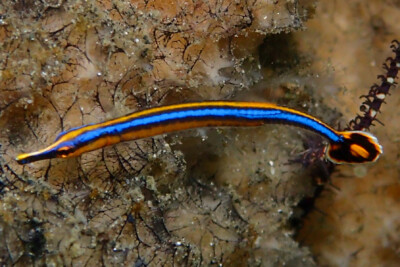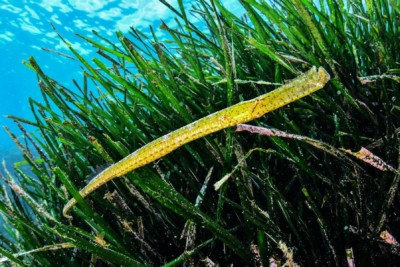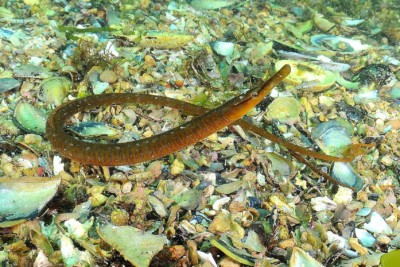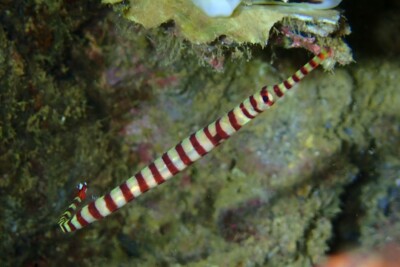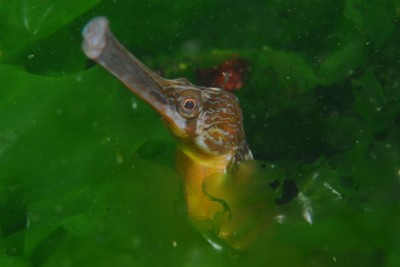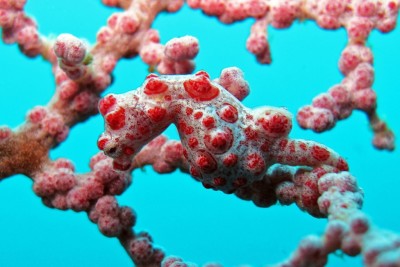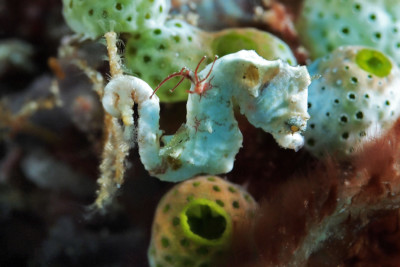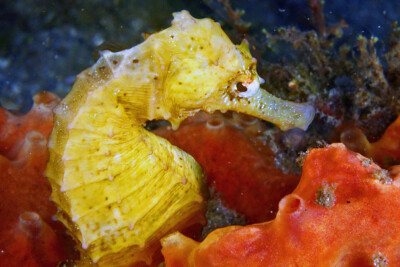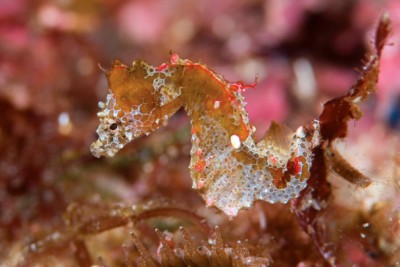big-belly seahorse
| Scientific name | Hippocampus abdominalis |
|---|---|
| Descriptor | Lesson |
| Year of description | 1827 |
| IUCN category (World) | LC |
| Family | Syngnathidae |
| Genus | Hippocampus |
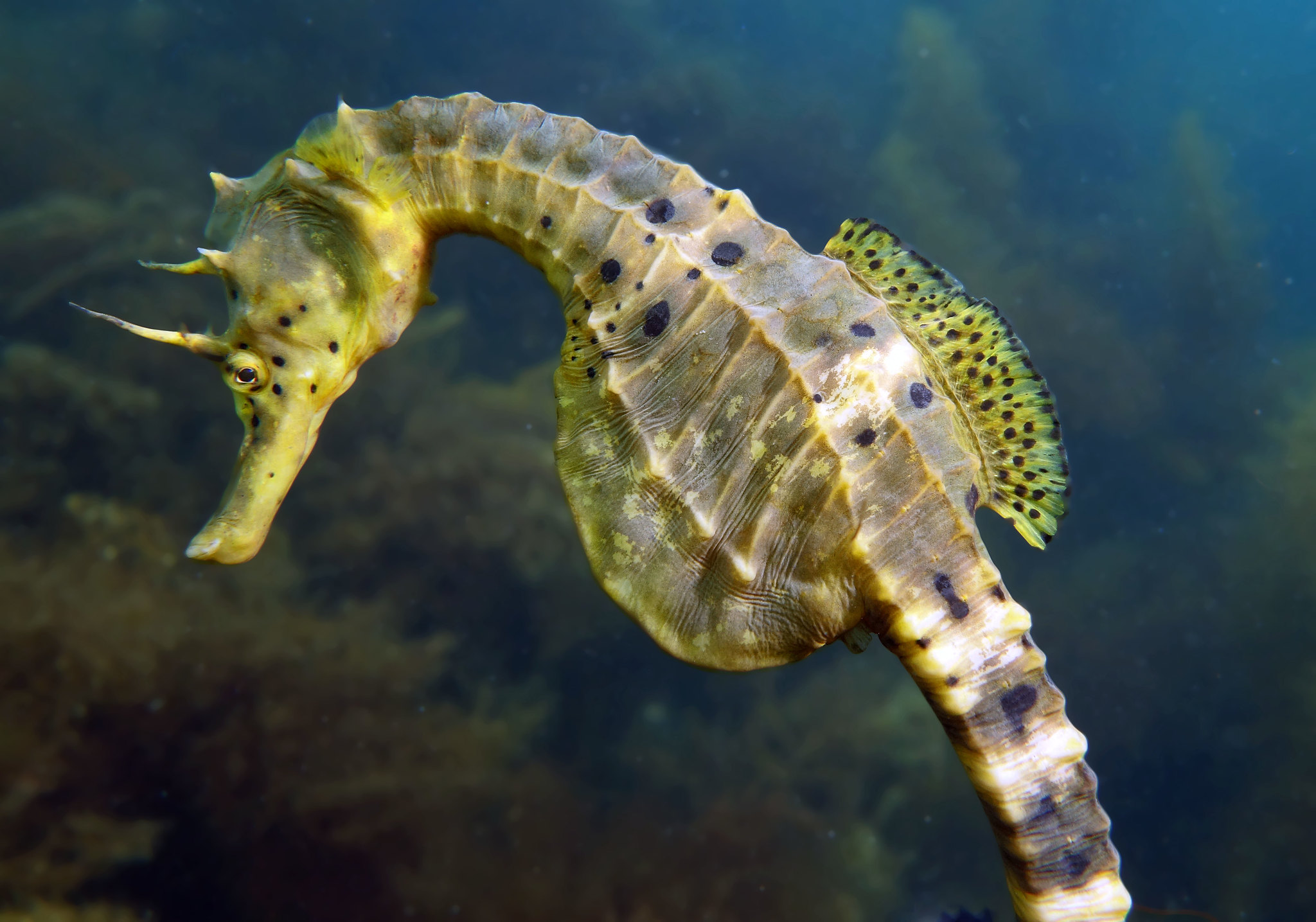

Introduction
Hippocampus abdominalis, also known as big-belly seahorse, is one of the largest known seahorse species, reaching up to 35 centimeters in length. It is found in the waters of southwestern Australia and all around New Zealand. Some populations have also been observed in estuaries. Its presence in Thailand and the Philippines is still to be confirmed.
To date, this species is listed in Appendix II of CITES and considered vulnerable by the IUCN. Its decline is mainly due to captures for traditional Chinese medicine and the aquarium trade. In some regions, it is sometimes dried and sold as a souvenir to tourists.
There is still a debate as to whether H. abdominalis actually corresponds to two distinct species: H. abdominalis and H. bleekeri.
Who is it?
Morphology
-
Type
-
Average size18 cm
-
Maximum size35 cm
-
Type
-
Average size18 cm
-
Maximum size35 cm
How to recognize This fish ?
This is the largest seahorse species in southeastern Australia, with more dorsal fin rays and caudal rings than any other seahorse.
As an adult, it measures between 18 and 35 centimeters. Like other seahorses, it lacks a dorsal spine.
The specific name abdominalis refers to the enlarged and prominent abdomen. The body is slender and elongated, with a prehensile tail. The head is small and the snout moderately long.
The body is covered in spines that taper as they grow. In adults, enlarged tubercles above the eyes, under the dorsal fin, and along the body are visible. Adults typically have long filaments on some spines at the head.
Coloration is variable, usually yellow with dark gray, brown, and white spots. It can also be whitish-gray, reddish-brown, or orangish. The tail may have bands.
Individuals in shallow depths are typically brown with many dark spots, while those in deeper waters have brighter colors resembling the sponges they live on.
Sexual dimorphism
Females have a more rounded belly than males. In adult females, the trunk is distended ventrally.
Behaviour & Life cycle
-
dietcarnivorous
-
Sociabilityliving in small groups
-
territorialNo
-
Way of livingnocturnal
The big-belly seahorse is mostly nocturnal, sometimes observed in groups at night. It spends most of its time immobile among algae. In deeper waters, it attaches to sponges and hydroid colonies.
Perfectly camouflaged, it feeds on small invertebrates like shrimp and amphipods, which it sucks in with its snout.
Reproduction
-
Reproductionovovivipare
Ovoviviparous. Males and females do not form monogamous couples. This species displays elaborate courtship behavior. A female may attract several males who compete for her. They display their pouches by inflating and deflating them to encourage her to deposit her eggs inside.
Eggs are incubated in the males' pouches for four weeks. Hatching occurs on the night of the full moon during the summer months.
Juveniles emerge from the pouch and rise to the surface where they grab floating debris with their tail.
Harmless species
Origin and distribution
What is its habitat?
Natural environment characteristics
-
Temperature24 - 28 °C
-
Depth1 - 100 m
-
EnvironmentActive pelagic
-
FlowSlow
Biotope presentation
The species inhabits a variety of ecosystems including rocky areas, reefs near shallow estuaries, deep tidal channels, and coastal reefs up to 100 meters deep.
Juveniles are pelagic and sometimes found clinging to drifting algae.
Species of the same biotope
Fishkeeping
Not recommended
We do not recommend keeping this species in an aquarium. It has unpredictable needs which, if not met, generate significant stress, potentially leading to a shorter life expectancy, an interruption of its growth or the development of pathogens.
To go further
Sources & Contributions
Participation & Validation
The Fishipedia team and specialist contributors are committed to providing high-quality content. However, although the information comes from scientific sources or testimonials from specialists, the cards may contain inaccuracies.

Silvia Gomez

Benoit Chartrer
Translation
Translation done with the valuable contribution of our translators, who make this information available to a wider audience. We sincerely thank them for their commitment.
Scientific partners
Species of the same family
Same genus
Species of the same biotope
